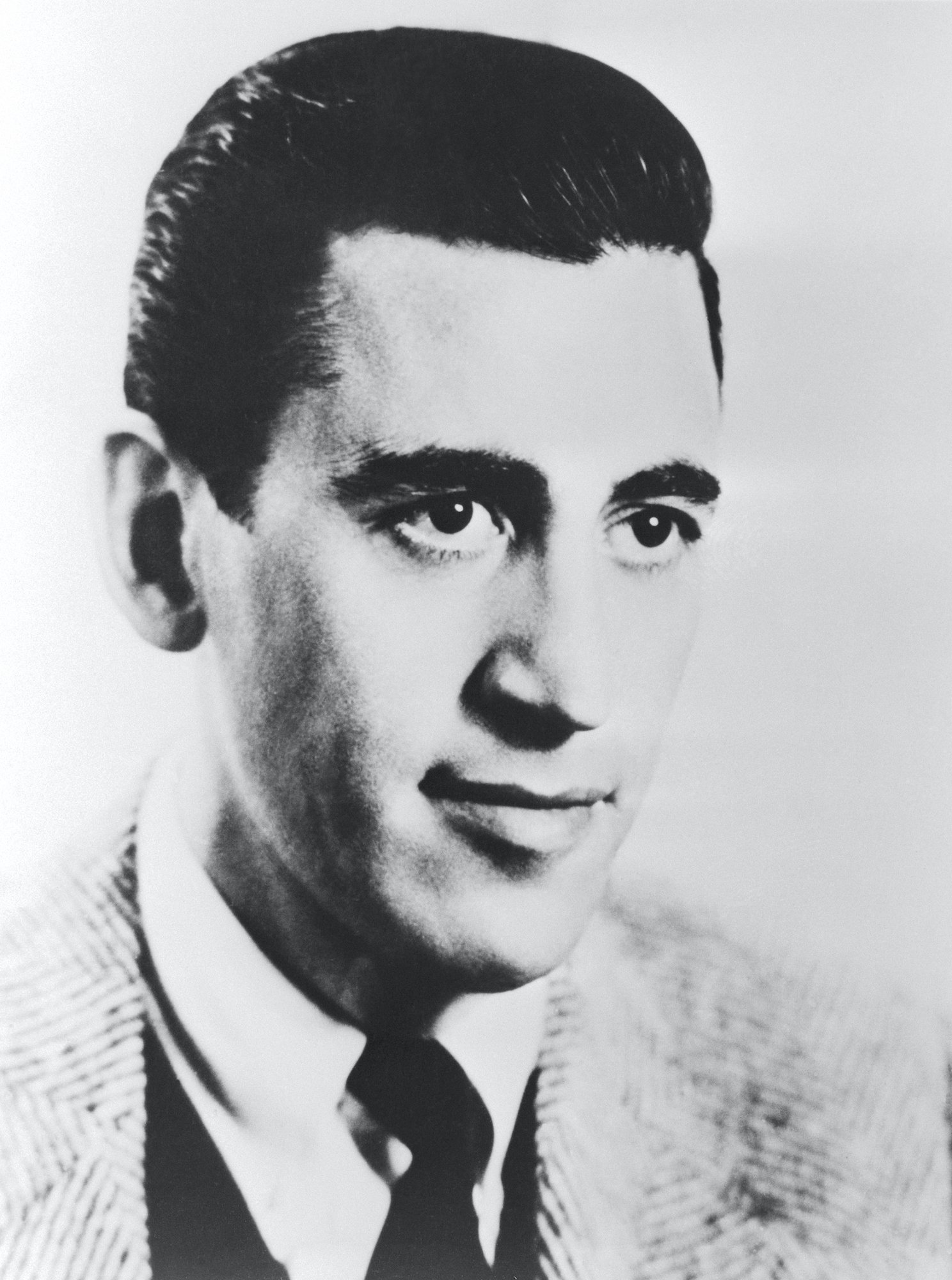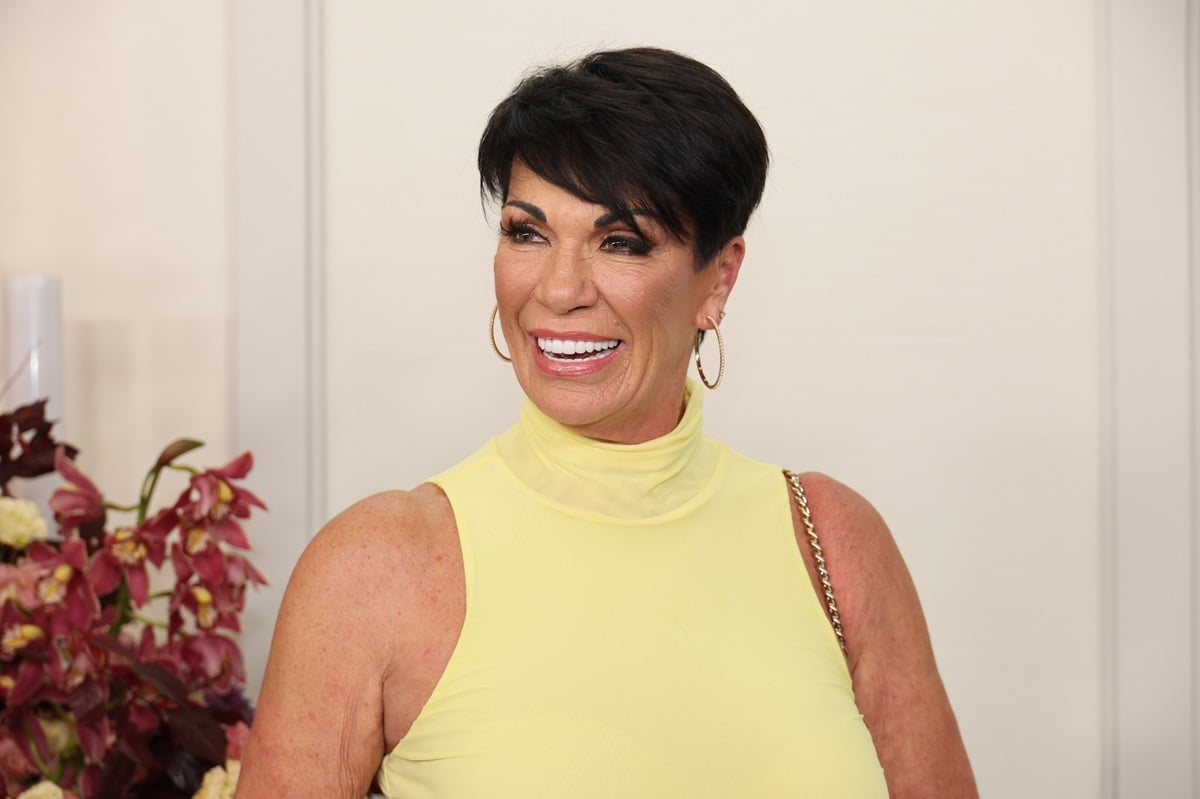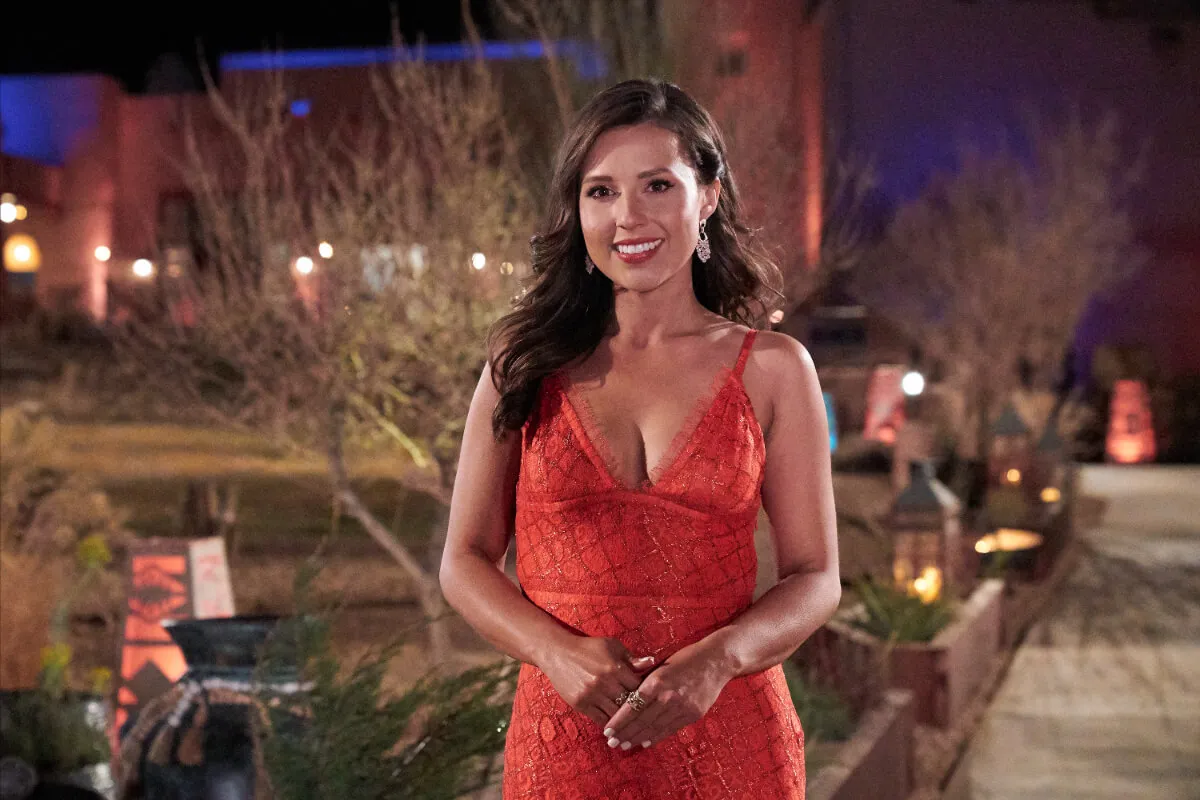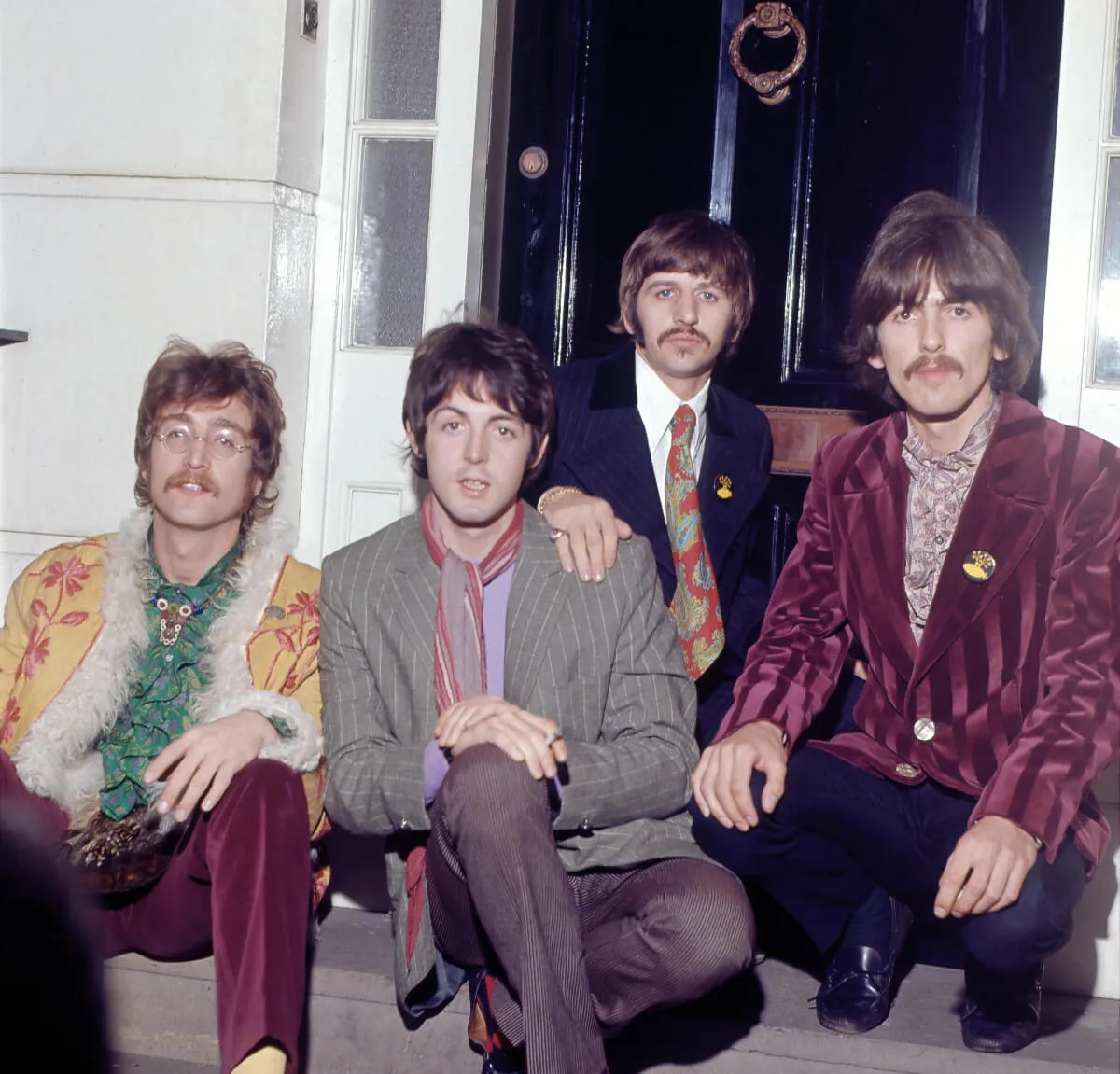J.D. Salinger’s Terrible Experience With the Adaptation of His Story Is Why We’ll Never See a ‘Catcher In the Rye’ Movie
When J.D. Salinger’s masterpiece, The Catcher in the Rye was published back in the 1950s, reactions to the book were mixed. While it’s considered a classic today, the book was regularly banned in schools for its language and sexual references. Salinger’s previous works included short stories — one that even turned into a panned Hollywood movie. Were those terrible reviews the reason Salinger’s work never entered the movies again?

Who was J.D. Salinger?
While he’s mostly known for his novel The Catcher in the Rye, Salinger published various short stories in magazines like The New Yorker and Story before the book hit the big time. He grew up on Park Avenue in New York City and attended a private school, struggling to fit in.
His parents eventually enrolled him in a military academy in Pennsylvania, where he took to writing stories and editing the class yearbook. After serving in World War II, Salinger continued writing short stories and got a first-look deal with The New Yorker, where they had the first right of refusal on any of his future submissions.
The Catcher in the Rye was published in 1951 and featured Holden Caulfield, a character from one of Salinger’s previous short stories. The book detailed the life of teenage Caulfield after getting expelled from his fourth college prep school.
Although widely known as a book that’s banned from high schools, its narrative style paved the way for many of the books written today and in the latter half of the twentieth century. Salinger’s first-person narrative and common, often vulgar way of speaking was groundbreaking at the time, which is why Catcher often gets listed on the greatest books of all time lists.
From the pages to the big screen
Before his giant success in the 1950s, Salinger’s short story, “Uncle Wiggily in Connecticut” was published in The New Yorker in 1948 and part of his collection Nine Stories. The story focuses on Eloise, an unhappy housewife reminiscing over a former love, Walt, who died in the Pacific. Eloise went on to marry her husband, Lew, but deeply regretted it.
Looking for financial security, Salinger sold the rights to the story to movie producer Samuel Goldwyn. It would turn out to be a move that Salinger always regretted. In order to make the story more audience-friendly, the studio majorly overhauled it.
The extensive rewrite didn’t include Salinger and greatly veered from its original plot. The film retitled My Foolish Heart, opened in 1949, and was trashed by critics. Salinger’s movie deal was lucrative, but it led him to a decision that affected his future work.
No more movie deals
According to BuzzFeed, Salinger was so unhappy with the portrayal of his story, he vowed to never give up the rights to his work again. With the success of The Catcher in the Rye, many felt Salinger would change his mind. Over the years, producers have tried to secure the rights to the book, either from Salinger or his estate, with no such luck.
Spark Notes reports that Salinger felt a movie wouldn’t capture Holden Caulfield’s voice, not even with a voiceover. “It would take someone with X to bring it off, and no very young man even if he has X quite knows what to do with it.” After his success, Salinger tried to opt-out of the spotlight, moving to remote Cornish, New Hampshire.
Frequently dubbed a “recluse,” he published less often and never again achieved the accolades as he did with The Catcher in the Rye. While a film adaptation of the book doesn’t seem likely, movies and documentaries about Salinger satisfy even the most ardent fans — like 2017’s Rebel in the Rye and 2013’s Salinger.


